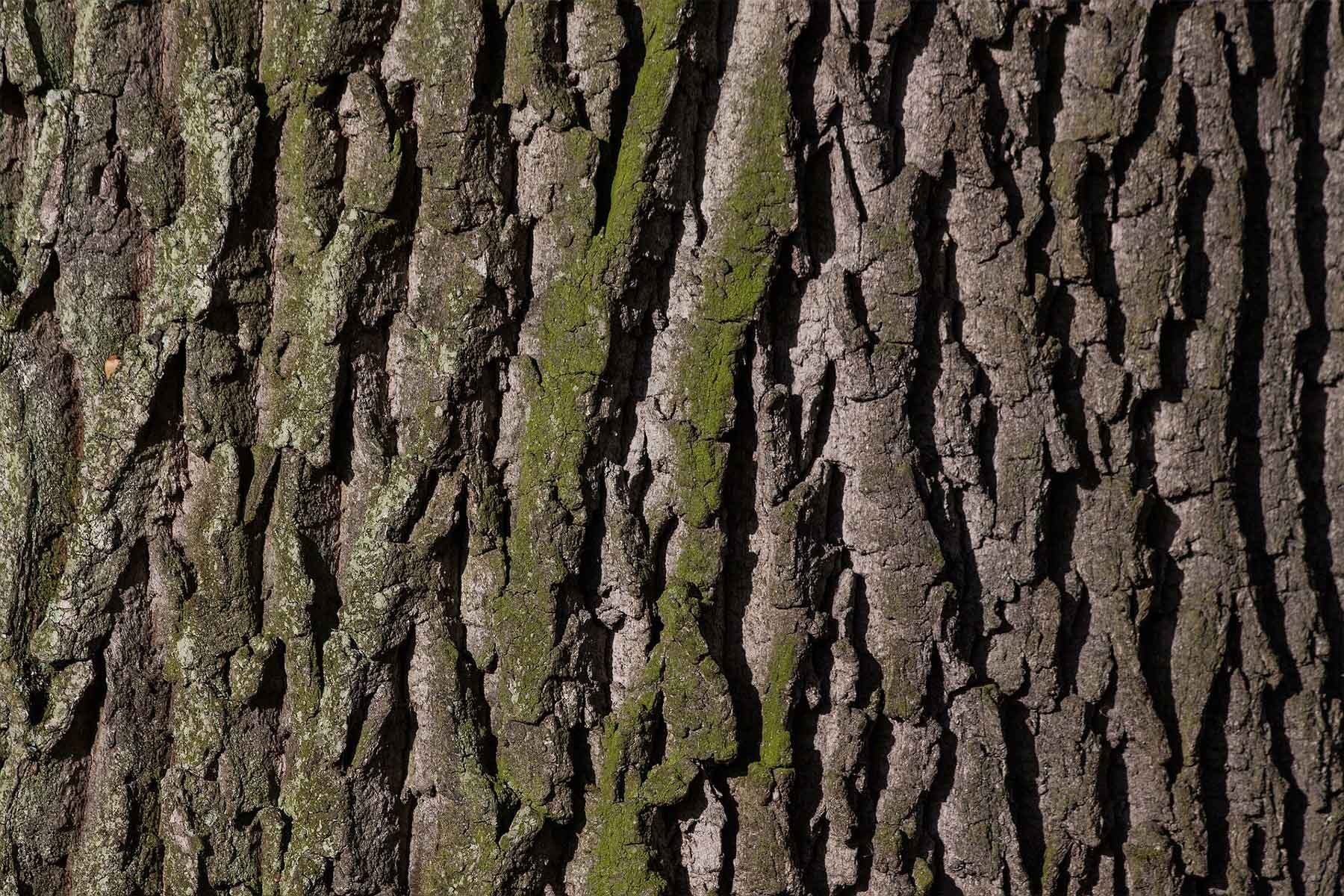You Are What You Eat
Artichokes?
They say, you should always grow what you like to eat in your own garden. I would be very tempted to have a garden full of Globe Artichoke plants in that case! Not only are they absolutely delicious to eat, the plants also look pretty eye-catching to say the least.
Cynara Scolymus or globe artichoke is a variety of a species of thistle from the Asteraceae family and is cultivated as a food, however, they are very attractive plants in the garden. Originally from Mediterranean regions and Central Asia, they are very suited to the Australian climate also. They are extremely hardy and perennial additions to the garden and don’t require much chemical input to thrive. A sunny position is where they will do best in well-drained, good sandy soil, enriched with compost and manure. Water well when young and don’t forget to mulch. They grow to 1 – 1.5 metres tall and they are stately and majestic in appearance so make a great accent plant or windbreak grown along a fence.
Apart from producing their delicious, edible flower buds, their foliage of large, soft arching greeny-grey prehistoric-looking leaves are very attractive. If you are strong enough to resist eating all the tender young buds they will produce huge, intensely purple coloured thistle flowers which act as an irresistible magnet to insects and nectar-loving birds. Once the flowers die off and dry out, they still look amazing and have an incredible sculptural quality are a highly decorative.
Their first buds appear in early spring and continue to early summer. If you’re going to eat the flower buds, they should be harvested before they open, while they are still in the ‘globe’ shape.
Artichokes are in season right now and ready for feasting on. One of our favourite places to eat them is at Marta Osteria in Rushcutters Bay where the carciofo alla giudia recipe (artichoke in the Jewish style) which originated in Rome’s Jewish quarter is on the menu. The artichoke globe is stripped of its tough outer leaves and remaining tender leaves are bashed slightly to open, then fried in olive oil until dark and crispy outside, soft and tender inside, seasoned with sea salt, pepper and served. The best!









Through Winter
Falling leaves throughout Autumn and Winter can be a constant job and a major headache, keeping paths, steps, decks and lawns clear.